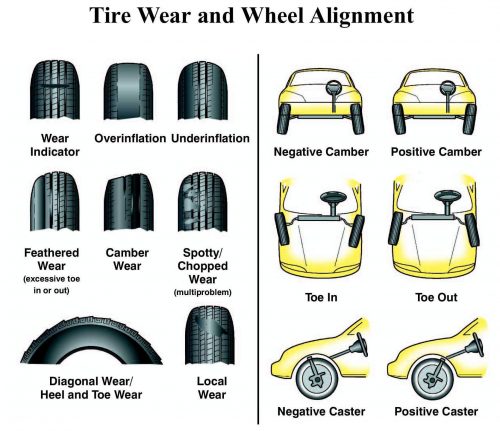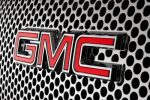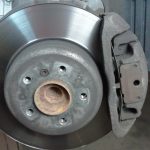A vehicle is aligned to its suspension — a proper alignment offers control and stability. Daily driving can affect the alignment since roads can be rough, and can stress the shocks, springs, and the rest of the suspension.
Here are some indicators that your vehicle may need an alignment:
- Tires exhibit uneven wear on the outside.
- The steering wheel vibrates when driving.
- The vehicle appears to be drifting to one side while driving straight.
- The vehicle is going straight, but the steering wheel is off-center.

The Alignment
The purpose is to bring the suspension back to its normal position and all of the wheels are in alignment with each other and the road. After an alignment, there will be less wear on the tires and it will result in a smoother ride.
How it works:
- The alignment machine has clamps that attach to the wheels of the car and a computer that can create precise measurements.
- The car is raised and examined for worn and broken suspension parts.
- The measurements square the wheels and axles to each other in order to get them all moving the same direction.
- Adjustments can be made to suspension angles that influence the tire’s positions while keeping the steering wheel centered.
There are four influencing suspension angles that may need to be adjusted. They are as follows:
Toe – When viewed from the top, this measurement determines how far inward or outward the leading edge is on the tire. It is measured in degrees and is normally fractions of a degree. If it is aggressive, the tire will develop feathering.
- The toe-in is the leading edge pushing inward to keep a car straight on a highway.
- The toe-out is the leading edge pushing outward for turning.
Thrust – This measures the angle of the rear tires in relation to the centerline.
Camber – This is the measurement of the centerline of the wheel in relationship with the surface of the road. It has a great influence over handling, and it is measured in degrees. NASCAR drivers will run with positive camber, which gives them the ability to run on tracks with high banks.
When viewed from the side, the distance in front of or behind the vertical axis is known as the caster. Positive caster, which is the steering axis in front of the vertical axis, produces a lot of torque that helps keeps the car traveling in a straight line.
Since all vehicles are different, the car manufacturer determines each vehicle’s alignment. Four-wheel and all-wheel drive vehicles and vehicles with a front suspension and independent rear suspensions will need four-wheel alignments. Other vehicles will only need a front-end alignment.




